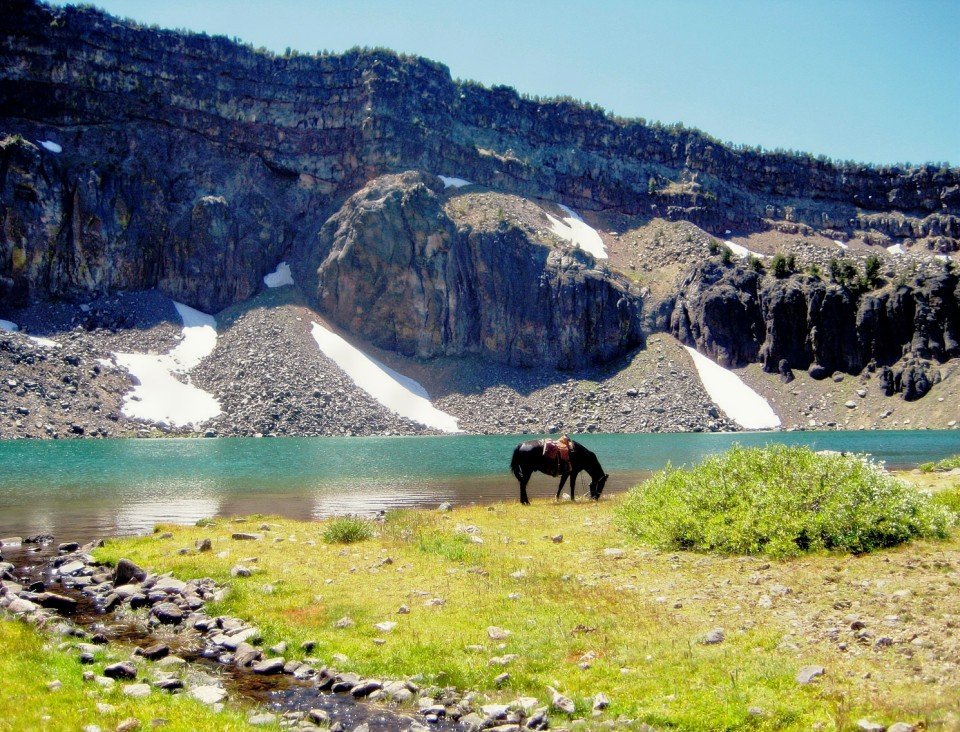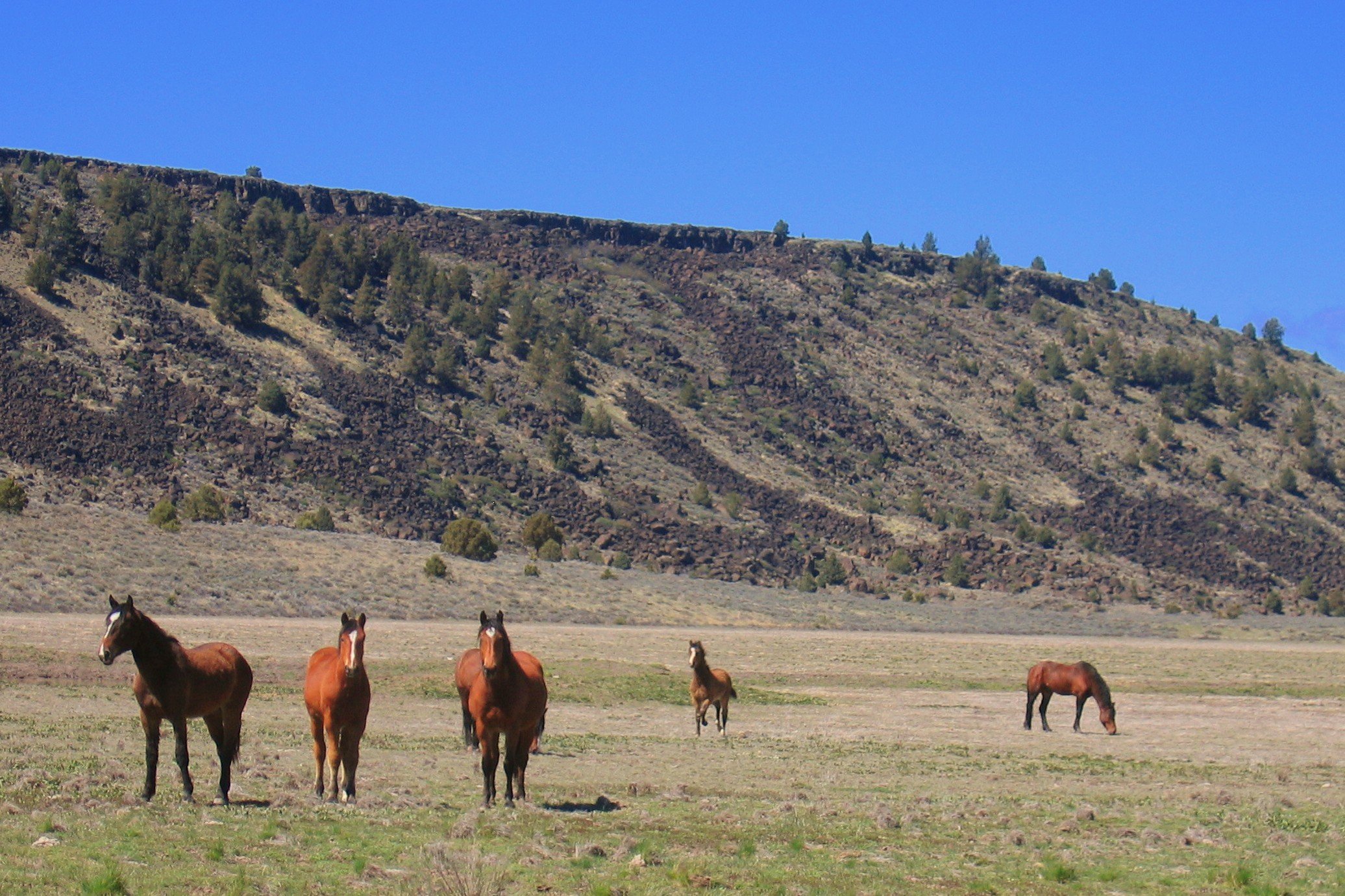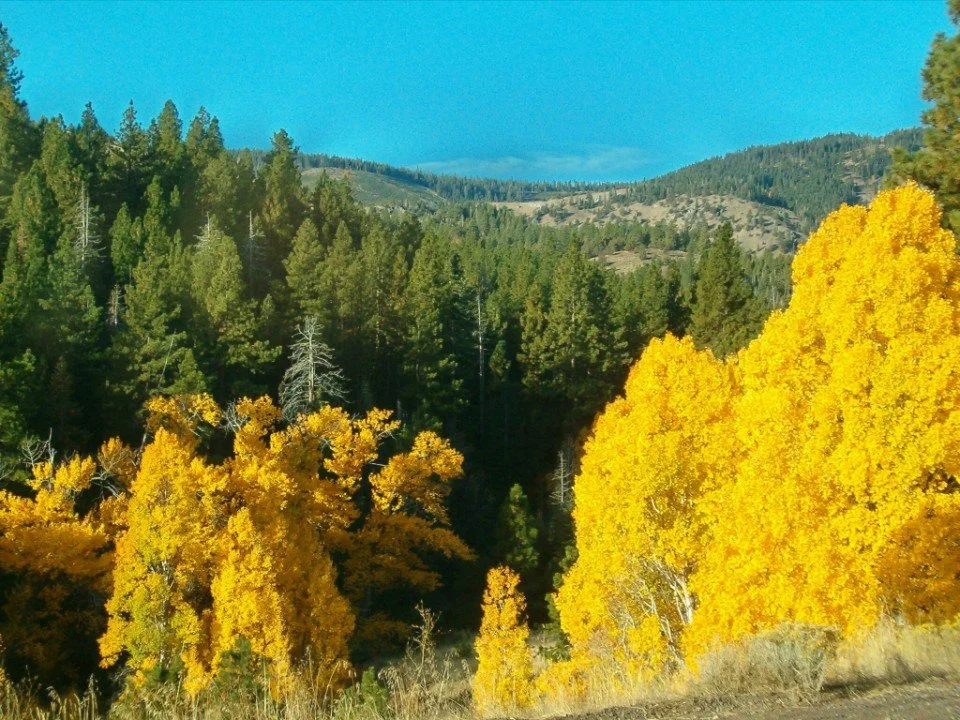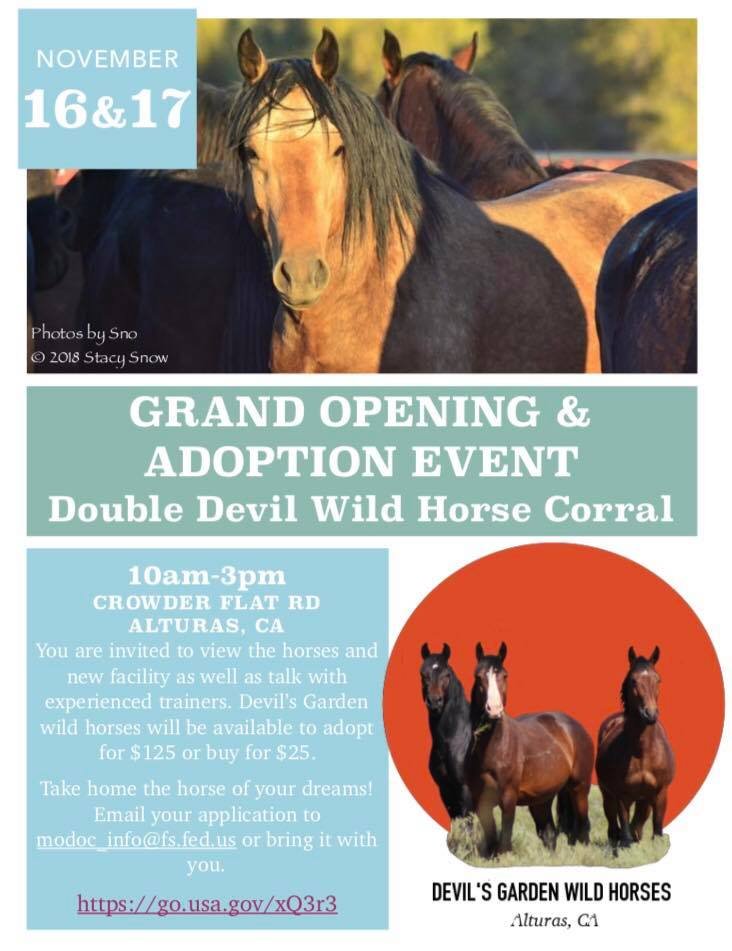It’s impossible to know the precise details, but it’s easy to imagine a credible enough version of how it might have gone:
In the hours before dawn on October 17, 2018, the stallion stands atop a scab of dried grass and gravel. He is the tallest thing within 300 yards. Some of the horses prefer to rest in the trees overnight, but he feels nervous in the forest. In his opinion, there is less to worry about in the wide-open space, especially at night. In the stillness, he will perceive any approaching threat well before it reaches him, and he can move off in any direction if needed.
He is nearly invisible under the pin-prick of starlight, which barely illuminates the dappled fuzz of his fall coat. The crisp air fills his lungs and condenses into soft plumes around his face as he breaths. His ears lean without attention to the left and right. His eyes are similarly unconcerned, though not completely closed. His right hip is cocked, taking the weight off his left hind hoof and allowing him to stretch the pastern over the front of the foot.
At his feet, two other bachelors lay asleep on the hard ground. One flat-out with ribs heaving, the other sternal with his nose resting on the ground. The trio have been traveling loosely together all summer. No longer allowed by their fathers to be near their mothers, aunts, and sisters at this rambunctious age, the colts were driven out of their natal bands. In need of connection, they gravitated to each other and formed an intense little gang. Their relationships are a dynamic mix of rivalry and companionship and all the physical manifestations of each. They are surprisingly tender and affectionate with each other - most of the time.
Our stallion stands on watch while the younger colts rest and the sun begins to rise. He is ready to be a band stallion and will soon leave the bachelors behind, in exchange for the well-earned companionship of mares. At age 7, he is physically strong enough to successfully compete with other mature stallions and protect a family, and he is no longer viewed by the mares as “offspring”.
To wit, earlier that year, he managed to have a short-lived affair with an older mare in her foal heat. In a moment of opportunity, when her stallion was distracted by conflict with another rival, our stallion positioned himself near the new mother and offered to fight for her and her baby when their stallion returned. She accepted with a sigh and continued grazing. In the end, her stallion didn’t put up much of a fight at all. He had other issues to worry about, and he could see that this young challenger wasn’t bluffing and that the mare was fine with the arrangement. So with a snort, a squeal, and a flexed neck, our stallion floated a triumphant trot around his first family. It would only last a few days, as the mare would ultimately decide to return to the company of her sisters. He had pranced and pranced, but he could not convince her to stay when they encountered the band while going to water.
And so he went back to the bachelors, and here they are together in October, making their way toward wintering grounds elsewhere on the range, where there will hopefully be enough forage, water, and shelter to survive the blistering winter ahead. Many of the young, old, and injured will not survive, but these stallions are young and well-conditioned. They will be safer together than apart, sharing warmth and protection with each other. They have a good chance of seeing the spring.
The air has warmed a few degrees and the colts are up stretching and blowing now. Our stallion has moved off to graze. He is monitoring a soft rumbling sound that has started over the ridge. It’s not that he’s afraid of the noise, rather it’s that the noise makes it harder to hear everything that is happening right here around him, impeding one of the senses that he relies on to alert him to danger.
One of the colts notices our stallion noticing the noise, and then he notices the noise too. He snaps his head up high, with ears, eyes, and nostrils pointed toward the rumbling sound. The abrupt movement of the colt starts a wave of reaction among all the horses that have been grazing in the basin on this morning. All eyes are now on the ridge line and all noses are sampling the wind, which delivers odd notes of metal and gasoline.
Nobody is imagining anything - the sound is getting louder. No longer a muffled white noise, it is now splitting over the ridge. The high-end frequencies are far more upsetting than the low-end rumble. A filly lightens her feet and stiffens her neck in a way that communicates to the group that it’s time to go. The consensus is immediate, and in unison, the horses pick up an urgent trot into a nearby gully. The helicopter is not a predator and it does not attack, but it takes advantage of their movement and positions itself to drive them.
Band divisions dissolve as the horses move in synchrony with the noisy urging from above. They are driven down the valley, over a few short miles. It all takes less than an hour. As they approach the trap, they are moving together at a graceful canter for the last time. Stallions have fallen to the perimeter and have take up position at the rear. Mares and foals move to the center and front. This formation ensures that the young will not be left behind if the herd must flee, but it depends on the stallions’ ability to hold off the threat and slow the pace of the pursuit. A mountain lion or bear sure, but a helicopter is something else. Today they are at the mercy of the pilot. If he pushes them too hard or too fast, their instincts to self-organize for safe travel will break down, and there will be injuries and even fatalities.
A skilled pilot will drive the horses at a comfortable traveling speed until the final moments before the trap, and will then apply as little pressure as possible so that the horses can safely organize themselves as they enter the trap. From there, skilled wranglers will move them through a chute into a stock trailer. They will be hauled to a short-term holding facility in Alturas, California, where the stallions will be sorted from the mares and castrated in the coming weeks. Until an adoption event in November, they will have abundant hay and fresh water, and each other. After that, their futures will diverge forever.
I hope this is how it went on October 17, 2018, when our stallion, the two colts, and 25 other horses were gathered from Modoc National Forest by the United States government. There were no injuries or deaths reported that day. Of the 932 Devil’s Garden horses that were rounded up in 2018, there were 14 deaths and 3 miscarriages. Half of the deaths were due to the euthanasia of 7 horses who were showing symptoms of pigeon fever at the time of capture, after 1 horse was confirmed positive.
Some coverage of the gather:




